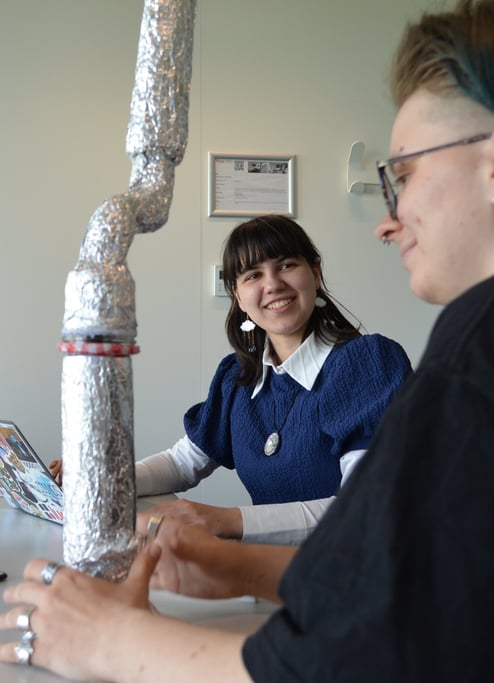

Design research process
Research is what transforms an idea into a feasible, grounded solution. It offers critical insights that guide the design process from the very beginning. For me, design research means conducting thorough exploration using both qualitative and quantitative methods to gather meaningful data about users and the issues they face. This ensures that every design decision I make is informed and that the solutions I deliver are truly aligned with users’ needs and reality.
Over time, I’ve grown as a designer by adopting a more thoughtful and user-centered approach to research. While I once relied on surface-level insights and assumptions, I have developed a passion for user experience and the importance of uncovering rich, nuanced information. I have learned to ask better questions during interviews, embrace ambiguity through design probes, and analyse findings more critically. By combining qualitative depth with quantitative validation, I am now able to identify patterns that drive more impactful and empathetic design outcomes.
This shift has transformed my process into one that is iterative, explorative, and collaborative, rooted in real-world context and shaped by continuous learning. It has allowed me to challenge assumptions, address complexity with confidence, and design solutions that are both relevant and meaningful.


